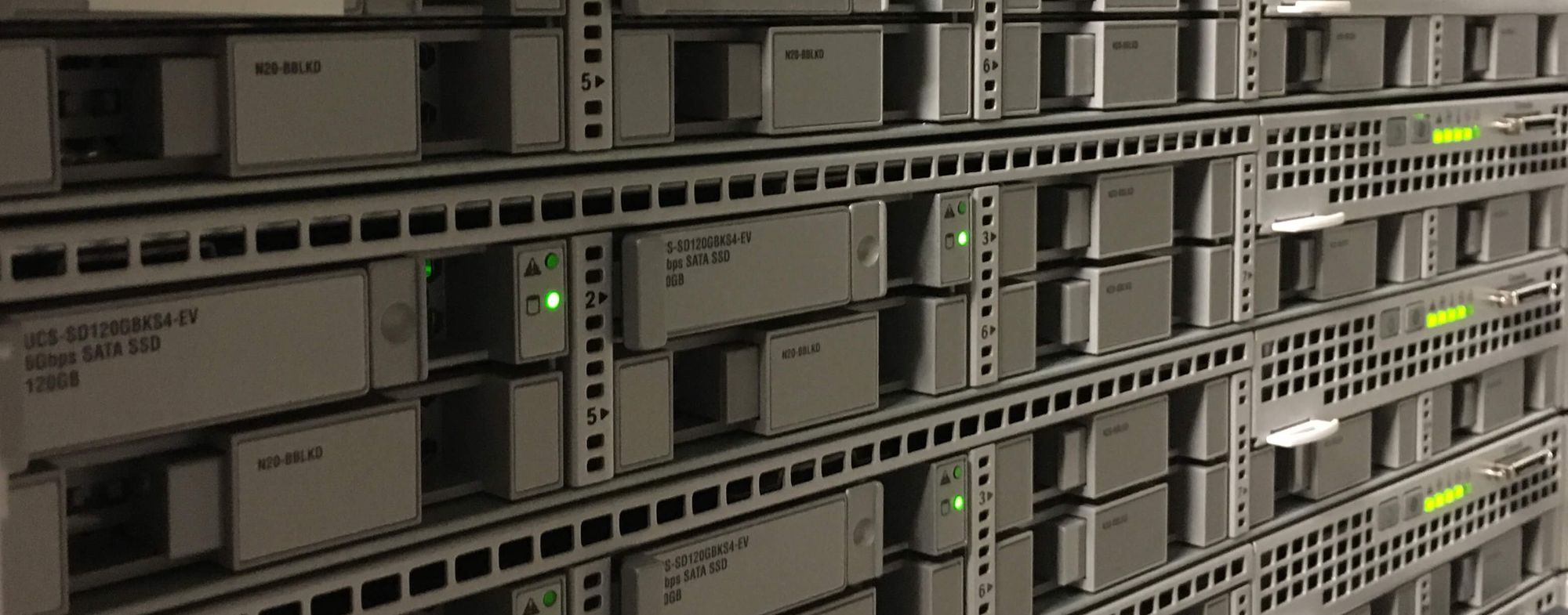If you want to view the files loaded on your CUCM TFTP server, you don't have to download and open the file. Just navigate to http://cucm-ip-address:6970/file.xml
For example, if I wanted to view my jabber config, I would go to: http://cucm-ip-address:6970/jabber-config.xml
Alternatively,

